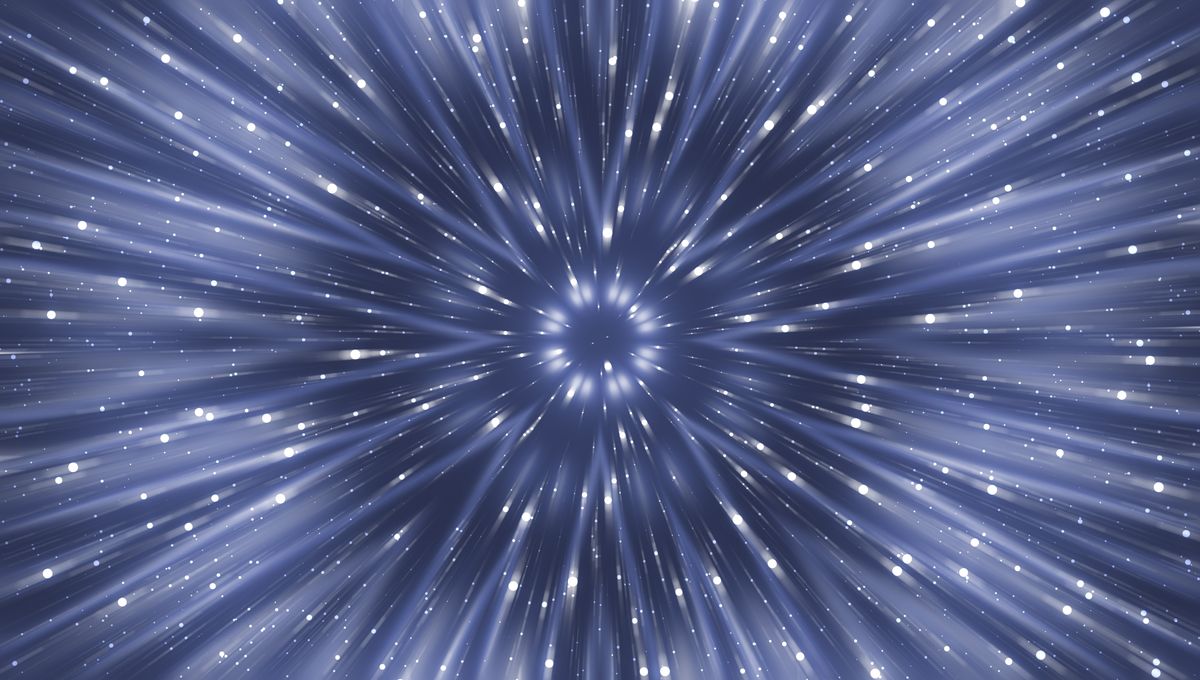
According to the leading model of the Universe, there is an invisible substance that outweighs regular matter, which makes us, by five-to-one. This is known as dark matter because it doesn’t interact with light. The properties of this substance are still uncertain with no experimental evidence showing it exists. And researchers have considered some pretty outlandish explanations for dark matter, including the possibility of a “Dark Big Bang”.
In a paper yet to be peer-reviewed, researchers Katherine Freese and Martin Winkler have outlined their bold proposal for the origin of dark matter: Regular matter and light formed in the Big Bang around 13.7 billion years ago, while the substance we call dark matter is instead part of a separate “sector” of matter. And this scenario can be tweaked to produce the right amount of dark matter.
One way they suggest is that it is possible for this matter to have its own dark radiation and be kept at a temperature at which it is a hot plasma. Eventually, as the universe expands, both visible and invisible matter freezes, leaving behind the cosmos that we see today. Another idea is that ultra-massive (as particles go) dark matter could form, something that the researchers called dark-zilla dark matter.
As always when hypotheses such as this are put forward, it is interesting to see how they intend to test their ideas. After all, extraordinary claims require extraordinary evidence. And these scientists think that extraordinary evidence is not only measurable in the future, but it might be measurable even now.
If this Dark Big Bang unfolded it would have released a lot of gravitational energy, and those waves would have sloshed about in the primordial universe and would still be around today to be detected. Unfortunately, after so many billions of years, their frequency would be too low to be detected by the gravitational wave observatories here on Earth. We would need a much bigger one, which does exist and is called the Pulsar Timing Array. By measuring precisely the rotation of pulsars (like incredible clocks in the universe), it is possible to spot gravitational waves passing between us and them, which alter those measurements.
Current observations, such as the tentative signal from NANOGrav, and future refinement could be a test for the existence of this Dark Big Bang.
There is a fun fact about when this event might have happened: To match with what we currently know about the Universe, it couldn’t have happened more than a month after the “regular” Big Bang.
The paper is yet to be peer-reviewed but is available at ArXiv.
[H/T: Vice]
Source Link: The Origin Of Dark Matter? Maybe It Came From A Dark Big Bang